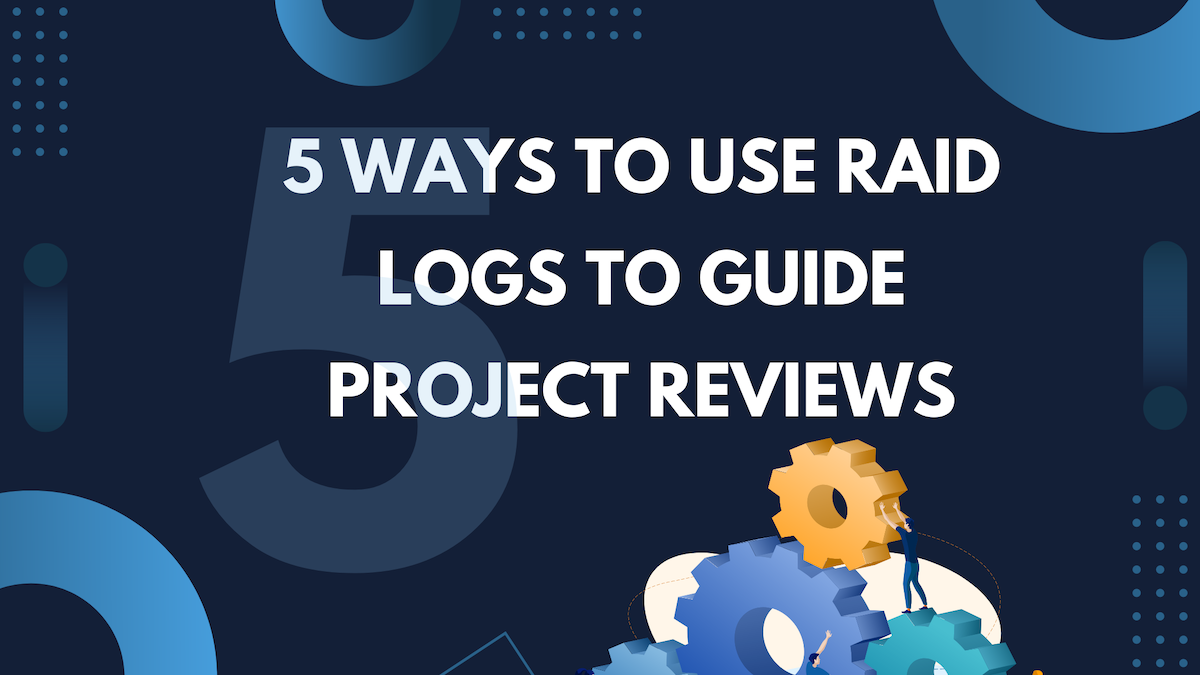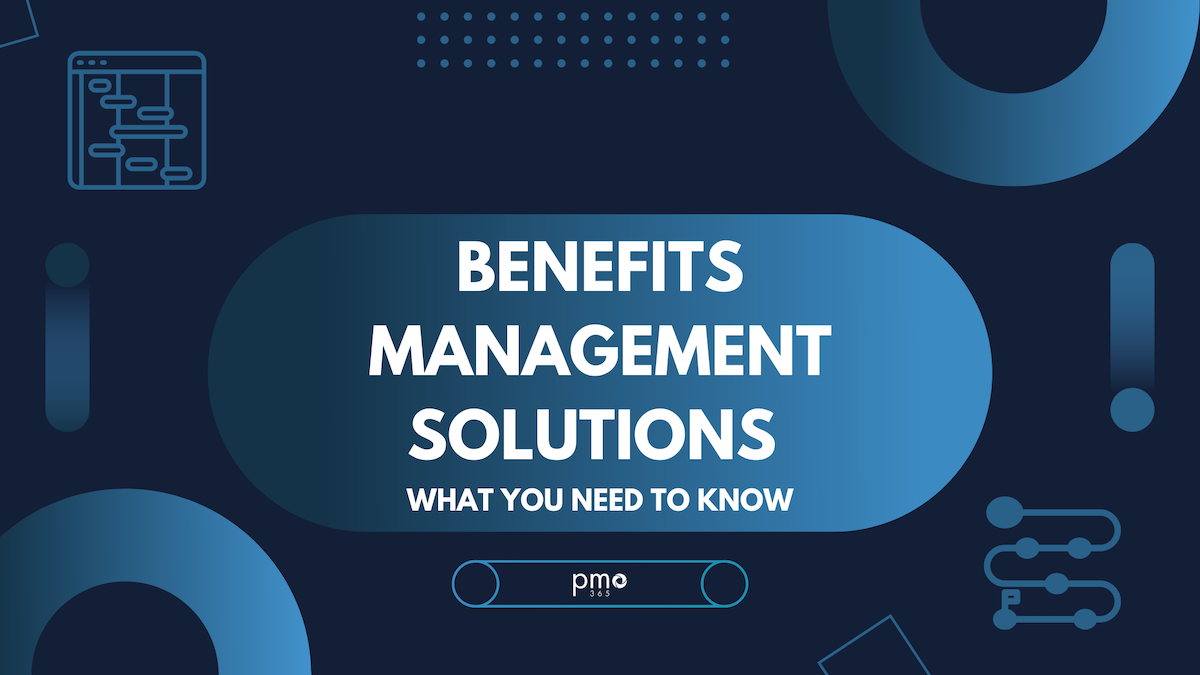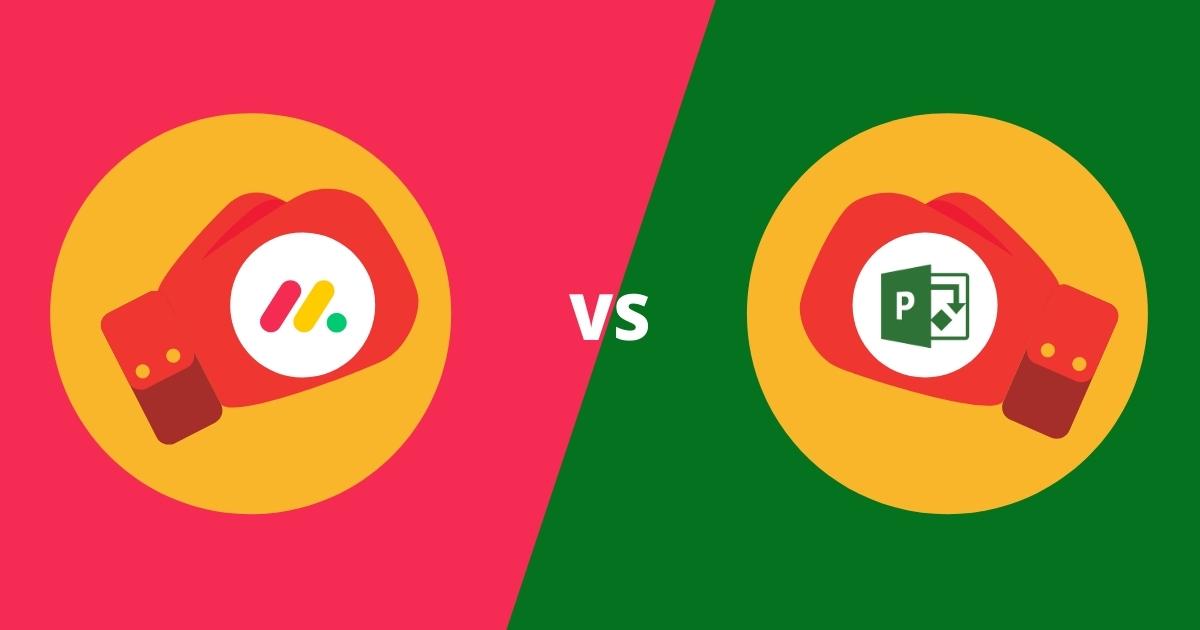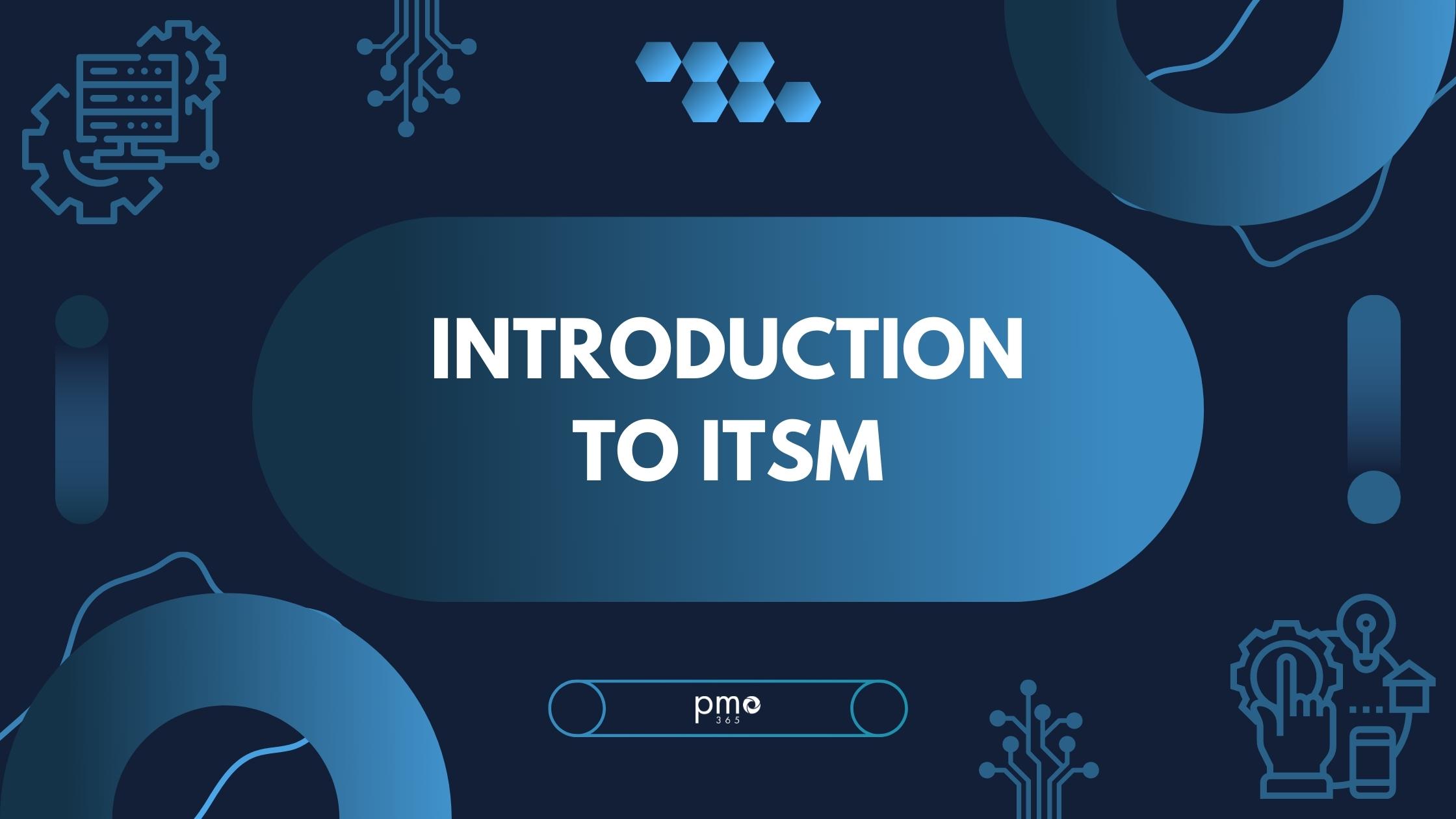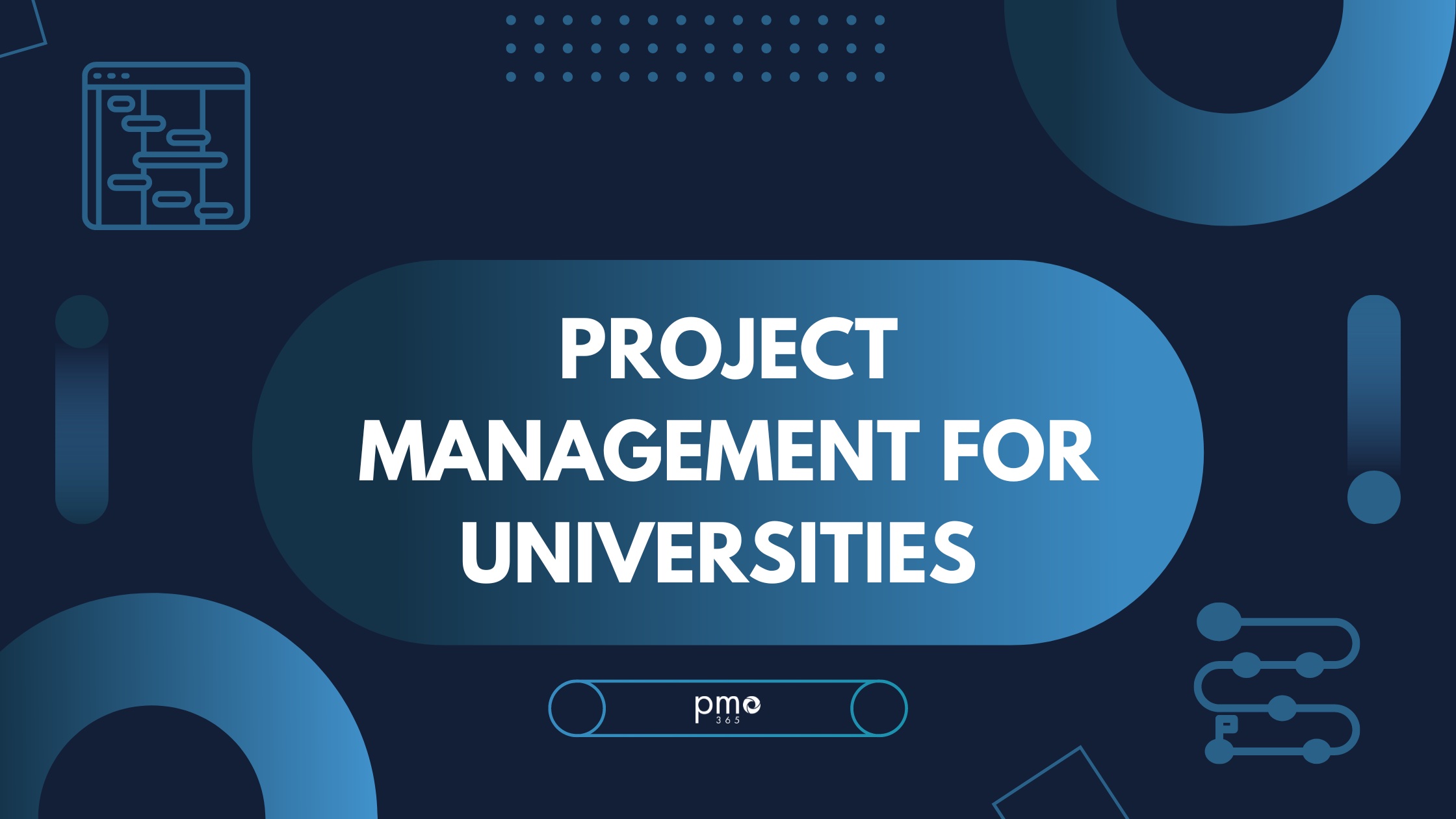Project benefits, an extension of benefits management, is a hot topic in the project management world. Implementing it, however, can be trickier than it seems. One fundamental issue often contributes to the failure of benefits management: mistaking project benefits for project value.
So, before you jump into your benefits management journey, let’s spend some time learning the key differences between the two concepts, and how they are important for your organisation.
Benefits and Value in Project Management
We often use the terms benefits and value are interchangeably in the project management sphere; however, they are two separate things. While benefits management plays a role in realising value, the ultimate goal of a benefits management is to achieve and sustain benefits long-term.
So, let’s define these two concepts in some more detail.
What is a project benefit?
The Project Management Institute defines benefits as ‘an outcome of actions or behaviours that provide utility, value, or a positive change to the intended recipient.’ We achieve benefits through the operations stage of a project. Often, we define expected benefits during the early stages of the project proposal process.
Project benefits are not always financial or tangible. We can categorise benefits into three different categories: Hard Benefits, Quantifiable and Measurable Benefits, and Soft Benefits.
- Hard Benefits: The financial benefits of a project or activity that can be calculated through the application of a financial formula.
For example: Reduction in staff needed leading to reduced project costs
- Quantifiable and Measurable Benefits: Benefits can be either tangible or intangible, but their value can be quantified with sufficient evidence.
Example: Reducing manual processing time by 15%
- Soft Benefits: These are often intangible benefits that can only be observed and depend on human experience or judgement to assess its impact. Soft benefits typically fall into two types – assessable (i.e. through surveys or indirect assessments) or perceivable (ie. image, feeling, or emotional changes determined by observations)
For example: Measuring the increase in staff morale and motivation
A benefit is thus a measurable gain or advantage. However, while activities and projects may have multiple benefits, this does not mean that they have value to the organisation.
An organisation can be completing projects that are achieving cost savings by reducing customer service staff. However, if the organisation’s goal is to improve customer service quality, this benefit loses its value.
While benefits are objective, value is contextual to an organisation and its strategy.
What is project value?
Whenever project professionals evaluate a project, they consider its perceived value, not benefits, against the price. Because the concept of value can vary with context, pinning down a definition for value is difficult.
The Project Management Institute defines project value as ‘the value a project creates for its stakeholders… [that can] be represented by a single or any combination of efficiency, technical effectiveness, and the satisfaction of a project’s stakeholder’. However, that definition clutches strongly onto the conception of project value being strictly functional.
In a time when environmental and social awareness is growing, we can no longer perceive value through purely functional measurements. Almquist and others in the Harvard Business Review have expanded the concept of value into this graph of 30 elements. They break value into tiers of social, life-changing, emotional, and functional value.
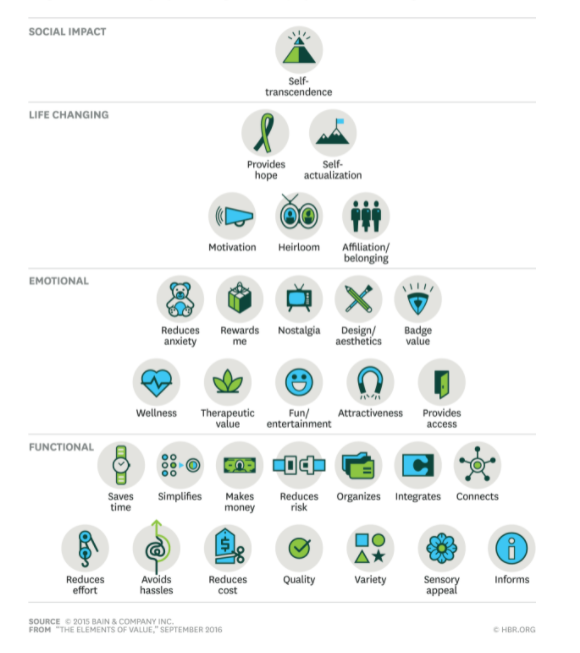
From this graph, we can see that value comes in many tangible and intangible forms. Therefore, what value means to your organisation will depend on the specific context of your organisation.
For example, if an organisation needs to recover its image, it will find more value in the life-changing value elements rather than the functional elements. If an organisation has the strategic objective of improving their image, they shouldn’t limit their measurement of value to the organisation itself. These considerations add nuance to the definition of value to this organisation.
What are Value Elements?
The Five Capitals Model also gives us an expanded understanding of value. In this model, project managers evaluate activities based on their financial, human, natural, social, and manufactured gains. Projects are measured, evaluated, and selected based on a more holistic set of measurements of value.
The PMBOK Guide is also onboard with the individualised concept of value. It suggests that value is the sum of all tangible and intangible ‘value elements’. In a nutshell, we can calculate project value from the total sum of ‘value elements’ that the project outcomes and benefits produce. These benefits should align with the organisation’s strategic objectives to provide most valuable results.
Project value is the underlying ‘why’ that drives every project activity, while project management is ‘how’ you achieve that value.
Why confusion around project benefits leads to failure
Hopefully, you can begin piecing together why this distinction is so essential, and how this can impact PMOs and organisations.
Project managers can mistakenly believe that benefits realisation processes can simply be added on to pre-existing projects and frameworks. Understandably, their benefits realisation implementations may not not generate the results they want to achieve. That’s because value is lost when project managers don’t clearly link benefits with strategic objectives.
We go into more detail about this problem and how to avoid them in our post about practices to avoid in benefits management.
Project benefits realisation and value management
Benefits realisation and value management are not just some hyped buzzwords in the project management world. In fact, these concepts are markers for the fundamental shift occurring in project management approaches, specifically in how project managers define project success.
Kerzner describes this shift in project success definitions perfectly:
“Where the traditional definition focuses on the “completion of the projects within the triple constraints of time, cost and scope” the future definition needs to be “achieving the desired business value within the competing constraints”.
If organisations and project professionals want to make a shift towards value realisation, understanding the distinction between benefits and value is the first critical step.
Tap into the power of benefits management with pmo365
Do you know how to utilise your PPM solution to manage benefits? Make sure to check out how we can help you tap into the power of benefits management by talking directly with our PPM experts.



